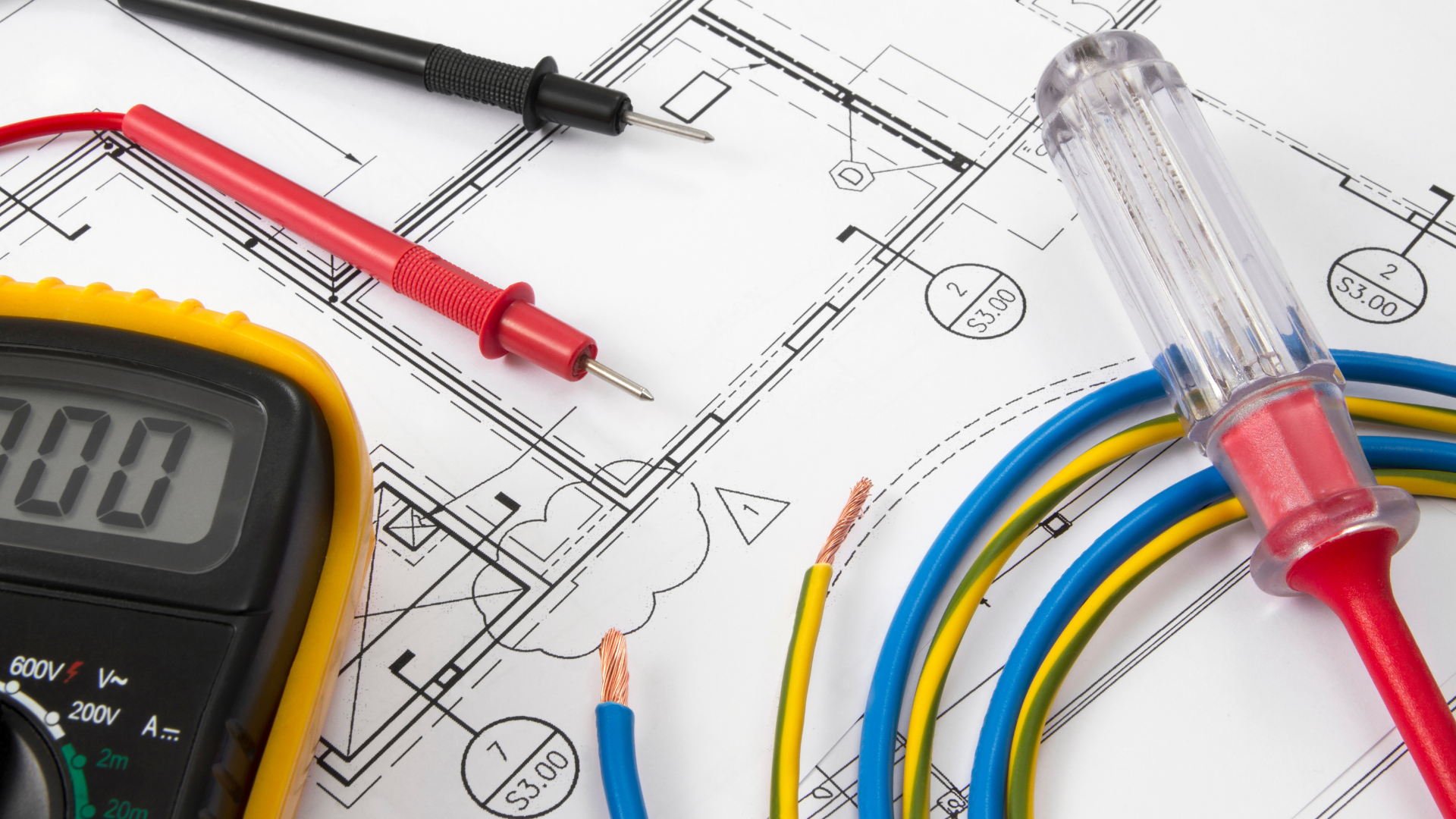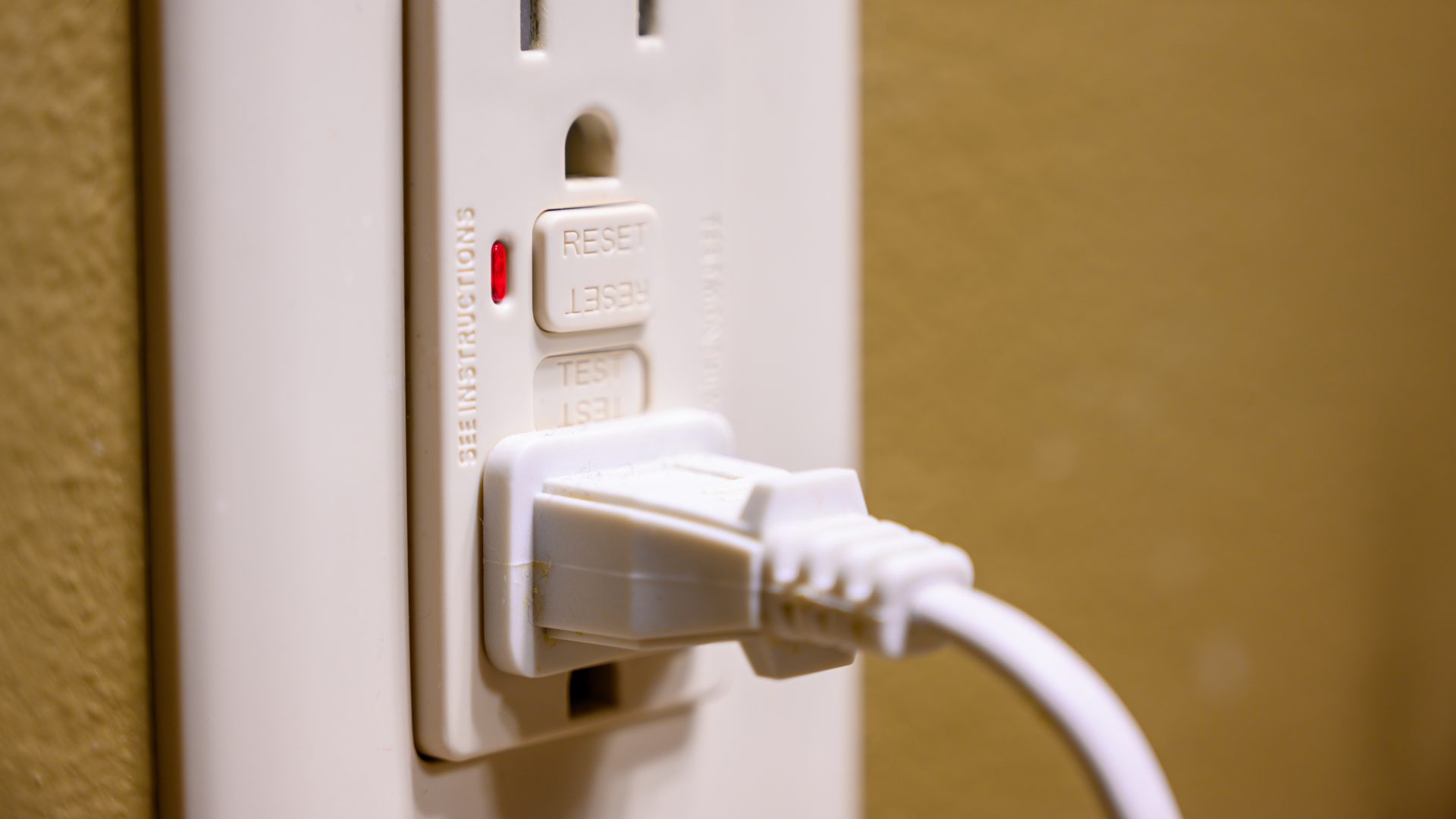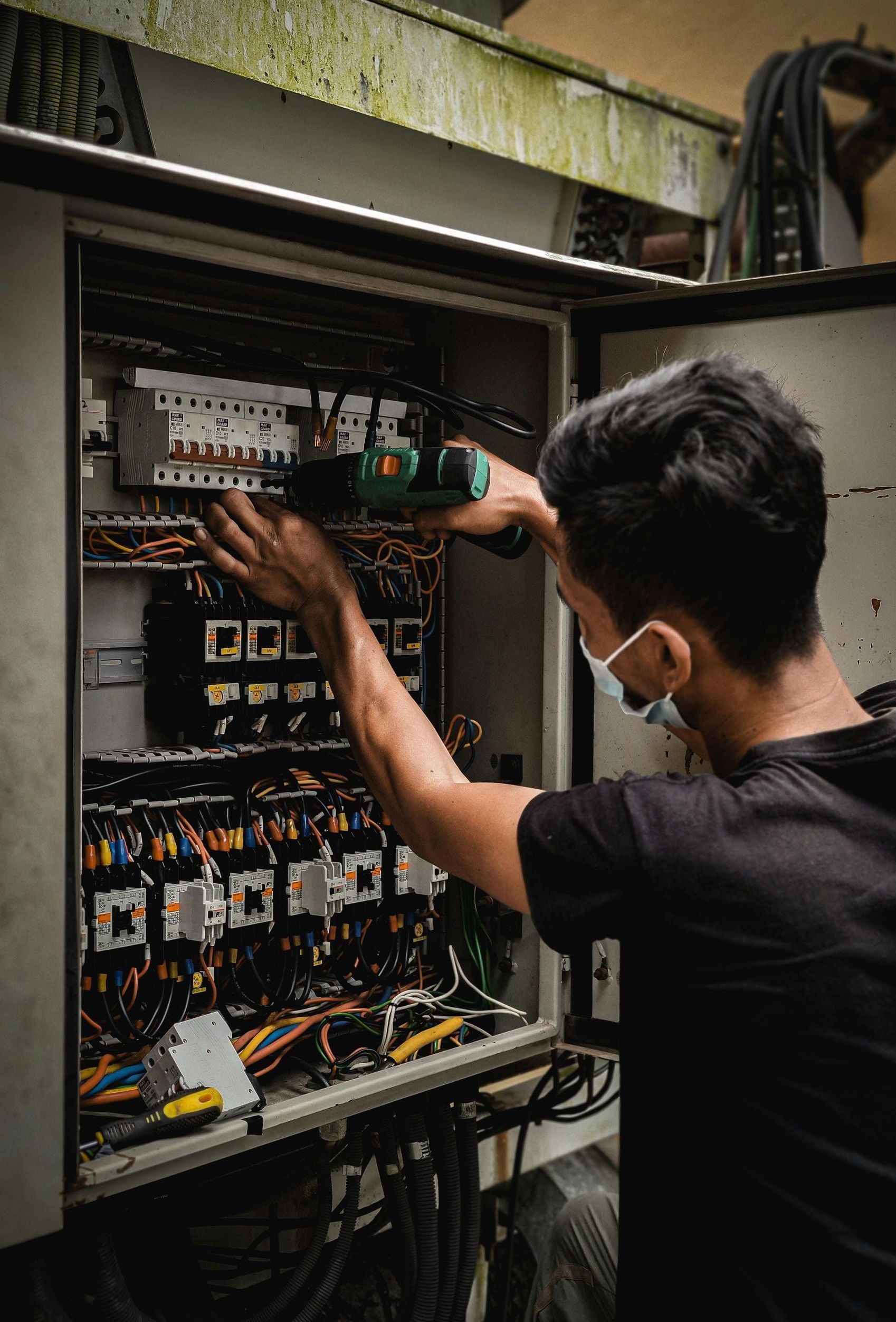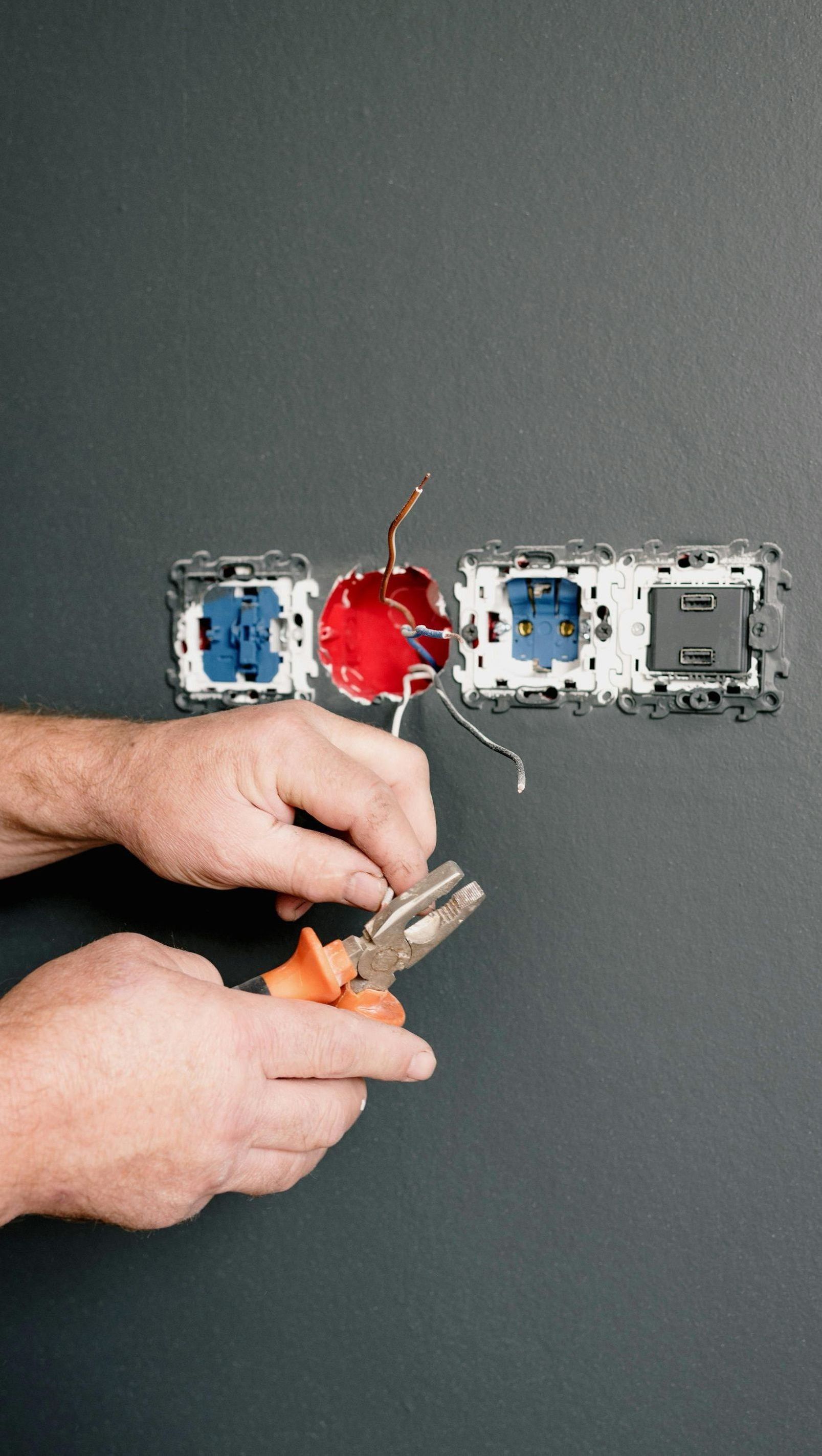Common Electrical Hazards in Older Homes
Why Older Homes Face Greater Electrical Risks
At ESD Electric, we often see that older homes carry unique electrical risks. Many properties built decades ago were wired to handle far less electrical demand than we use today. As appliances, electronics, and lighting systems have grown in both number and power consumption, outdated wiring and components can become serious safety hazards. Recognizing these risks is essential for protecting your home and everyone in it.
Outdated Wiring Systems
One of the most common hazards in older homes is outdated wiring. Many homes built before the 1960s still contain
knob-and-tube wiring, which was never designed to handle modern electrical loads. Even homes with wiring from the 1970s or 1980s may have aluminum conductors, which can expand and contract with heat, loosening connections over time. These older systems can overheat, spark, or fail entirely, increasing the risk of fire.
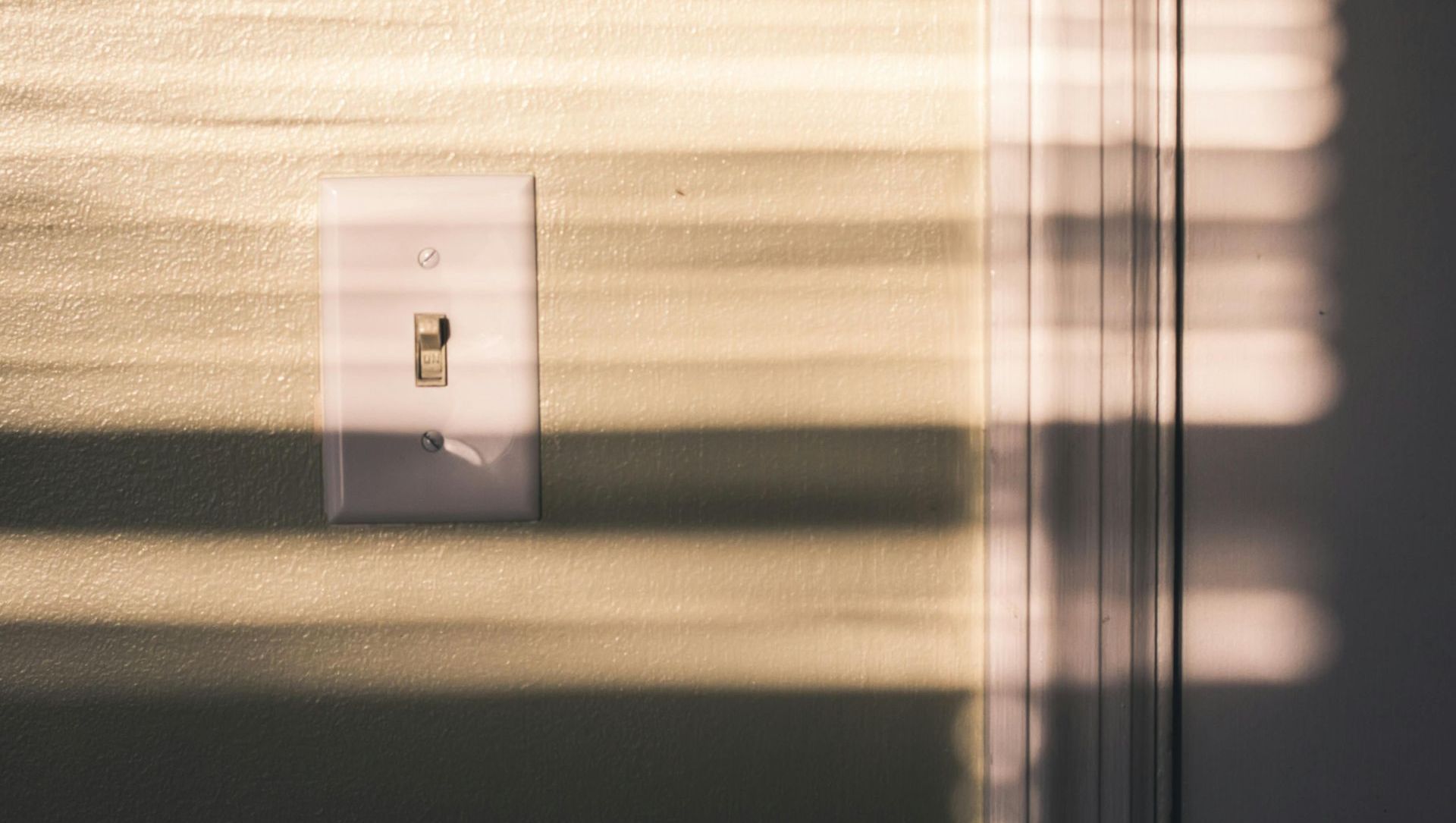
Overloaded Circuits
Homes built decades ago often have fewer circuits than today’s code requires. This can lead to multiple high-demand appliances being plugged into the same circuit, which causes overheating and can damage wiring insulation. In some cases, homeowners unknowingly rely on extension cords or power strips to add capacity, which can compound the problem.
Insufficient Grounding
Older electrical systems may lack proper grounding. Grounding protects against electric shock by providing a safe path for excess current to flow during a fault. Without it, an unexpected surge can cause severe injury or damage to sensitive electronics.
Worn or Damaged Outlets and Switches
Outlets and switches wear down over time, especially if they were not designed for heavy use.
Loose connections inside can arc, generating heat and potentially igniting nearby materials. Outlets that feel warm to the touch or switches that crackle when operated should be replaced immediately.
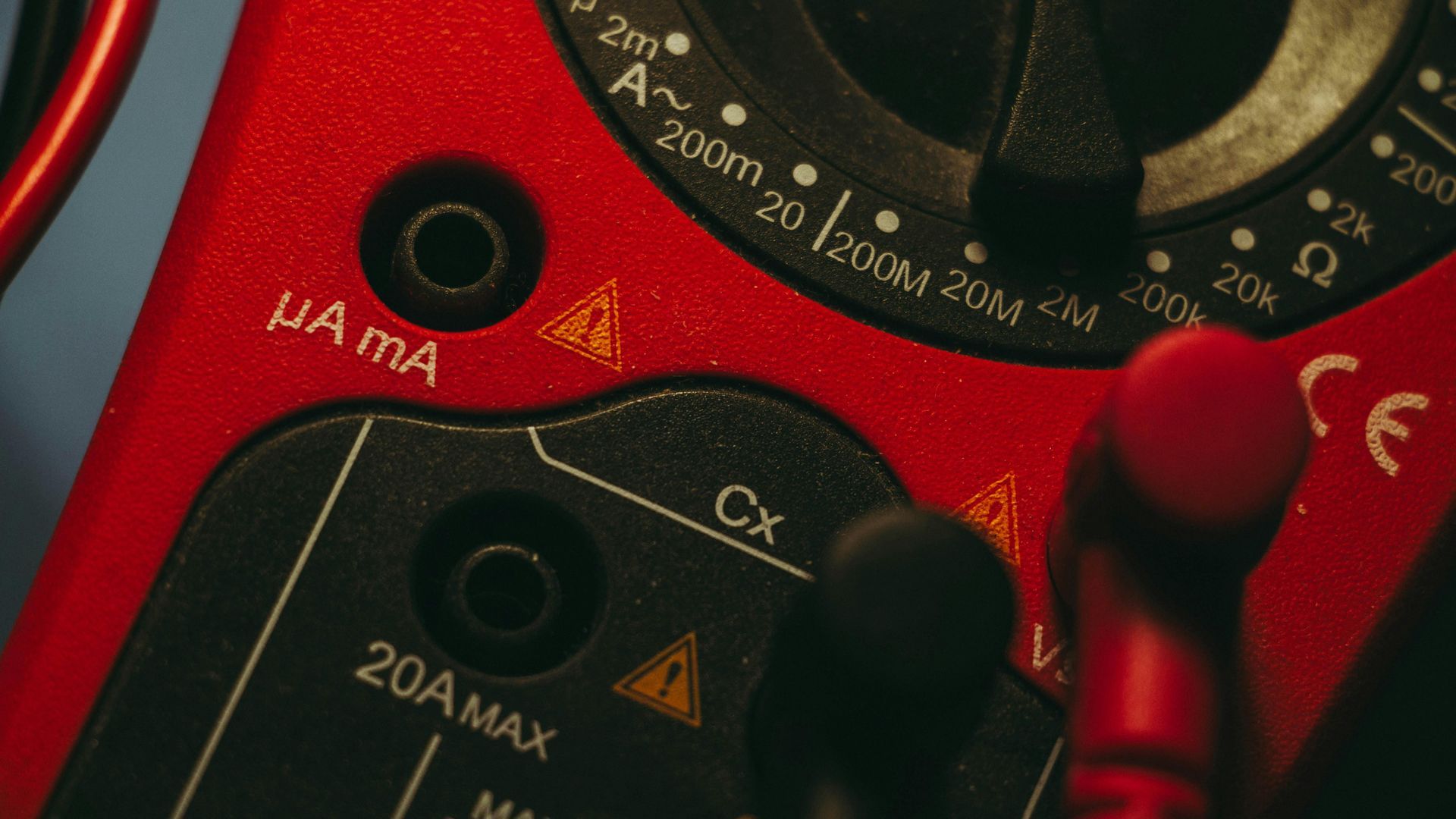
Signs of Electrical Fire Risk
Certain warning signs should prompt immediate attention, as they could indicate conditions leading to an electrical fire:
- Burning Smell: A persistent smell of burning plastic or rubber can signal overheating wires or components.
- Discoloration Around Outlets or Switches: Yellowing or brown scorch marks suggest that heat or sparks have escaped into surrounding materials.
- Frequent Circuit Breaker Trips: While breakers are designed to protect your system, repeated trips can indicate persistent overloads or short circuits.
- Buzzing or Crackling Sounds: These noises often mean that electricity is arcing between loose connections.
- Flickering Lights: If lights dim or flicker when appliances turn on, your system may be overloaded or wiring connections may be failing.
If you
notice any of these signs, it is critical to stop using the affected outlets or circuits and call a licensed electrician immediately.

The Importance of Electrical Inspections
An electrical inspection is the most effective way to uncover hidden hazards in an older home. During an inspection, we check the condition of wiring, confirm that grounding is in place, test the load capacity of circuits, and look for any damaged or unsafe components. This process not only reduces the risk of fire but also ensures your system meets current safety standards.
Upgrading for Safety and Efficiency
Modernizing an older home’s electrical system can involve replacing wiring, upgrading the electrical panel, adding dedicated circuits, and installing ground fault circuit interrupters (GFCIs) in required locations. These upgrades improve safety, prevent damage to electronics, and often increase the home’s resale value.
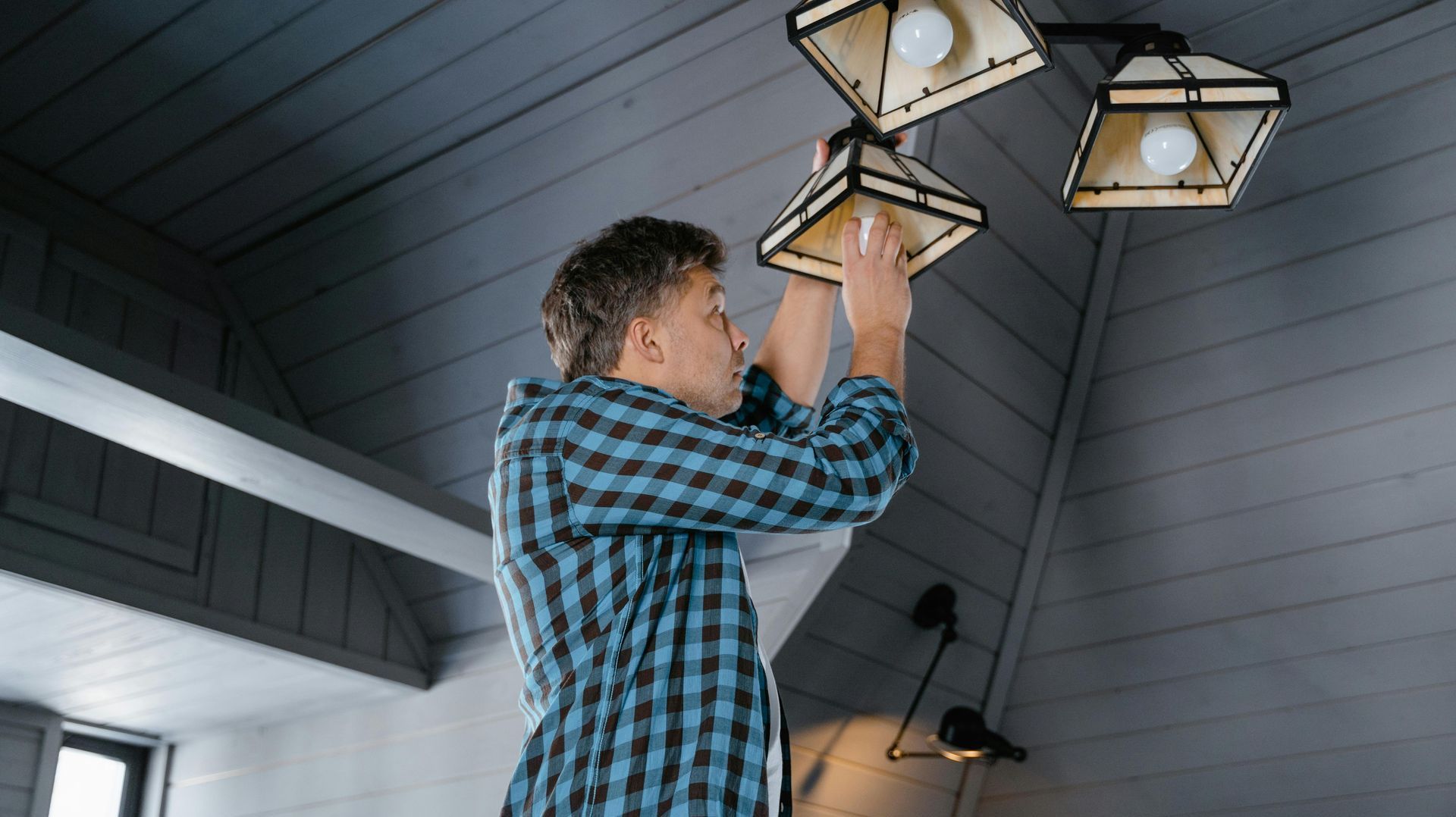
Our Role in Protecting Your Home
At ESD Electric, we help homeowners understand the risks that come with outdated systems and provide safe, reliable solutions. Whether you are concerned about a specific hazard or simply want peace of mind, we can evaluate your home’s electrical system and recommend the right upgrades to keep it safe.
Electrical hazards in older homes are not something to ignore. With proper inspection, maintenance, and timely upgrades, you can significantly reduce the risk of shocks, outages, and fires, keeping your home both safe and functional for years to come.
